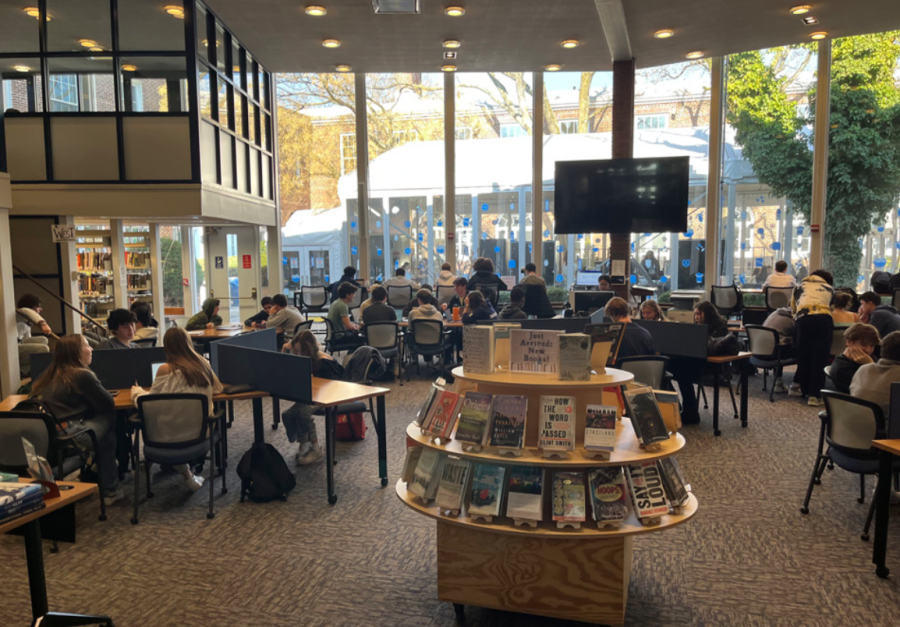The Pros and Cons of the 40-Minute Flex
February 17, 2023
The 40 minute flex period, Poly’s latest invention to help make the school work load more manageable, has sparked discussion amongst students. The flex period carves in a 40 minute period when students do not have class in every school day. In theory, students can work or do other things around campus and for some this is how the time is used. However, for other students, the extra 40 minutes seems to be useless.
Going into this school year, this period seemed like a waste of time to me. If it was moved to the end of the day to end school at 2:55, wouldn’t this be much better? I sought to seek other students’ opinions on this topic and find out whether the Poly community is in favor of the flex period or not.
Some people are in support of the 40 minute flex period. Ben Piquet ’24, said he gets work done. “Every time, I just go to the library, and I feel like a lot of people are doing that this year.”
Other students are in favor of how the period allocates them some extra time they wouldn’t have had before. “As someone who has no other frees, I need the flex, so I think it’s just a great idea,” said Kason Sabazan-Chambers ’24. Having eight classes scheduled can be a hefty amount of work so it can be nice to have some open time slots. Sabazan-Chambers also said that during his flex he “normally meets with teachers,” and that these meetings have to be done during the school day.
Other students like the flex because it gives them some much needed social time, “it gives me time to relax and hang out with my friends and especially on a day when I have five classes and no frees it’s helpful because it gives me a break in my day,” said Evan Fischer-Harbage ’24.
Other students do not find the same pleasures out of the period. “There is absolutely no space anywhere in the school,” said Lasse Savkar ’24. He adds that during that period he normally does “nothing because there is nowhere to do homework” especially with places like the Library, the Blue Devil Deli and Commons being very full during these times, so he frustratingly spends most of his time just “looking for somewhere to be.”
Junie Blaise ’24, has her own disagreements with the period. “The schedule we have now for the school day isn’t really working out for students who want to do opportunities outside of the school,” she said. Junie wants to attend fashion programs in the city after school, but has no time to get there as Poly is so far away from most of the programs and the school day ends so late. “So you don’t really have a choice but to choose a program within Poly to do, but Poly doesn’t offer everything,” Blaise added.
Other students find the period to be a source of conflict when coupled with their athletic calendars. “Every Wednesday I have to leave at 2 o’clock for track so then I miss so much more class with the extra flex period causing the school day to end later,” said Hyatt Hicks ’24.
While it can be argued the flex period has its pros, I believe it is still not the best use of time. I think Blaise’s point about out-of-school extracurriculars rings very true for me and can be a real challenge of going to a school so far from the city center. Exchanging this period for a 40 minute earlier dismissal would remove this struggle. The extra 40 minutes we have with the flex would be of better use if placed at the end of the day. This way students can leave school early without missing class, but can also have some undisturbed time to do work.
However, the real reason for the flex, according to the Poly Prep Registrar Lori Redell, is simply to make sure there is enough room in the lunchroom. So, unfortunately, as nice as it may sound, removing the flex period is not a possibility.






































